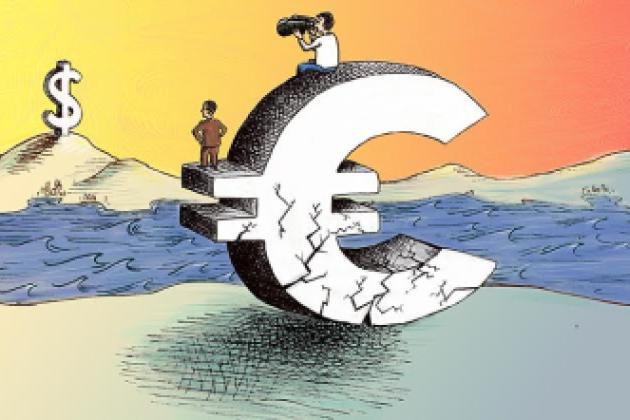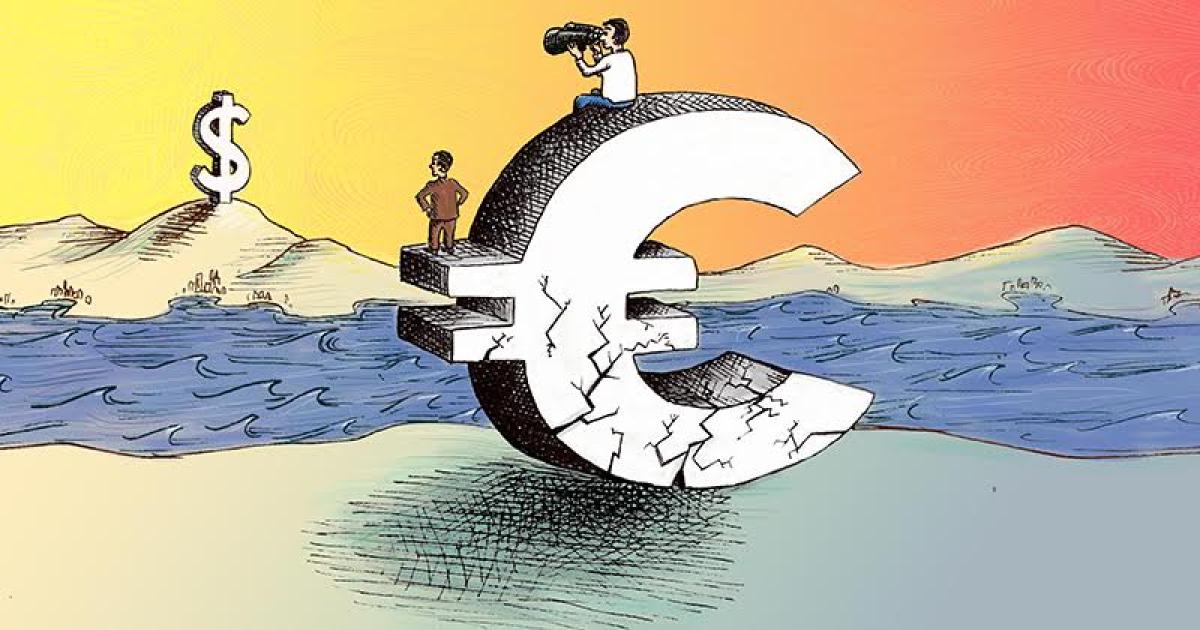The regulatory state—advocated by elites, but paid for by general citizens—was repudiated in the recent U.S. Presidential election. Environmental regulations typify the governmental overreach so many objected to. Unless the costs of such regulations come into line with their benefits, they are doomed to failure. Two major environmental activities illustrate the problems with regulation and the opportunities for reform.
The first is the Endangered Species Act (ESA) of 1973, which places the costs of species protection and recovery on land-owners, local workers, and rural communities without commensurate compensation. The legislation does not require a cost-benefit analysis. But when advocates and government officials do not bear costs, there are few breaks on adding new species to the endangered list. Listing requires that habitat be preserved from development. Once a species is listed, it is very difficult to remove it. This makes the people who live and work near those species and who could best take action to protect them, the enemy. To avoid losing their land and livelihoods to “protected habitat” with little or no productive or commercial use, locals are incentivized to undermine the law with the notorious “shoot, shovel, and shut up” strategy. As a result, except in a few cases, the law has not successfully saved species. Indeed, without revision, the ESA perversely will accelerate extinctions. Policy reform is urgent to more equitably distribute the costs away from rural property owners and workers to urban populations and advocacy groups that call for regulation. Shifting costs and requiring cost-benefit analyses also will generate a more sensible approach to preservation, which now is wildly out of balance. Some species may be too costly to save, whereas others could benefit from more coordinated and local efforts.
The second example of regulations run amok is the climate change agenda. The costs of successfully countering the buildup of greenhouse gases (GHG) in the atmosphere are huge—far larger than described in the media and by advocates. It requires the rapid, total phase out of fossil fuels (the “leave them in the ground” strategy), raising energy prices, and fundamentally changing production and consumption patterns, which would reduce living standards worldwide. The poor will be disproportionately harmed, both within the United States and everywhere. The costs of reversing GHG emissions could be 1% of global GDP annually—or about $800 billion each year, which is approximately the size of the economy of Holland. Specific industries will be particularly affected—including manufacturing, energy production, mining, transportation, and some types of agriculture. Generally wealthy elites will not bear many of these costs; they will fall squarely on general middle-class citizens. A candid weighing of (very uncertain) benefits and costs and their distribution among populations for compensation is essential for any effective, durable action to address possible climate change.
Any reduction in global GHG emissions and a decline in the stock of GHG already in the atmosphere requires coordinated and major cutbacks in fossil fuels worldwide. Greenhouse gases circulate the globe, meaning that some countries will receive the benefits of costly mitigation taken on by others. Under these circumstances, the incentives to free ride are irresistible. Internal pressures to free ride will be particularly great in those countries that will incur the greatest mitigation costs, that have the weakest government institutions and limited rule of law, and that are big enough to chart their own course regardless of international shaming—Russia, China, India, Brazil, and even the United States. Successful international mitigation will require more than the small “feel good” adjustments currently portrayed by advocates, agency officials, and politicians. But high costs make durable international cooperation unlikely—at least until benefits are much clearer than they are now. Attention to the size of GHG mitigation costs and the corresponding global free-riding problem directs policy toward more fruitful aims.
Let’s turn now to the reform opportunities for each of these two U.S. environmental efforts.
The new Trump administration should redraft the Endangered Species Act to require both cost/benefit analysis and adequate compensation for all parties affected by habitat regulation. The law has been a failure because the low cost to advocates and agency officials of adding species encourages excessive regulatory expansion and because locals have incentives to undermine the conservation objectives. As of 2016, 2,266 species have been listed as threatened or endangered under the ESA. A mere 63 have been delisted since the act was passed, some for recovery, notably the grey wolf and the bald eagle, and some due to species reclassification.
But these achievements mask the economic havoc inflicted by the law. Under the ESA, a land-owner whose property has critical habitat loses the ability for productive use, and workers lose associated jobs. Neither receives proportionate compensation. Federal or state lands with habitat, particularly important in the West, are placed off limits for development. Economic activity in affected regions and property values necessarily collapse. The impact is clear to anyone who has driven through the devastated small lumbering towns of the Pacific Northwest following the listing of the spotted owl as endangered in 1990. Without access to the timberlands, lumber mills closed; workers became unemployed and migrated elsewhere; and property values plummeted. Even so, the spotted owl has not and likely will not recover.
Moreover, to avoid protected habitat declaration, landowners undermine the law. A recent study found that private timberland owners in North Carolina speeded their timber harvests to avoid effective confiscation of their properties by the government to protect the Red Cockaded Woodpecker. Not only did landowners lose from too-rapid harvest, but the woodpecker also lost critical old-growth timber habitat. Had the costs been born by advocates or government agencies, the species might not have been listed. Had compensation been available, landowners may have joined in protecting the bird.
As for climate change, the new administration should halt the rush toward international GHG controls; repeal the EPA’s Clean Power Plan; and turn to adaptation strategies. Cutbacks by the United States alone will have no effective impact on the stock of greenhouse gases in the atmosphere or on any possible climate change. The GHG stocks are already so large that global warming will occur, no matter what the United States does now. Moreover, despite repeated claims that U.S. leadership is essential, there is no evidence to suggest that others will follow. The incentive to free ride is too great; the current costs of mitigation are too high; and the likelihood of sustained collaboration is too low among the major countries that must join in a collective international effort. U.S. and foreign policy elites, of course, would like America to bear the costs of providing any global benefits that all would receive. Nevertheless, this does not make for sound policy for the country or the world.
Leaders of sovereign states must agree on international GHG regulations and adhere to them for 50 or more years—long after those leaders have left the scene. Advocates of global action see any later defection from international agreements as moral hazard that could be addressed by the delegation of each country’s energy and GHG emission policies to an international body. Because of the ubiquity of energy in modern economies, such delegation effectively transfers national economic policies to a global, unelected bureaucracy. But such rule-by-elites was decisively rejected in recent elections across the world.
Free riding will occur because the benefits and costs of GHG emission controls and the timing of their effects are so uncertain—again despite assurances from advocates to the contrary. Climate change may or may not transpire as advocates warn. Moreover, not every region or country will experience harm. Indeed, assessments from the UN Intergovernmental Panel on Climate Change (IPCC) reveal that some areas—those in higher latitudes—could be made better off, whereas others in lower latitudes could be harmed. Timing is an issue as well. Will climate change move equally swiftly across the planet? Do we have 25, 50 or 100 years before temperatures radically rise? These are critical questions because they determine whether or not the leaders of any country will join in global central planning.
And what about the costs of a forced shift from abundant fossil fuels to unproven solar and wind? As fossil fuels are mandated out of use, they still remain in the ground and are much cheaper, motivating cash-strapped countries and companies to defect from any international agreement. Today, 70% of India’s energy comes from coal, and that figure is 55% or more in China. Despite President Obama and General Secretary Xi Jinping’s highly publicized agreement to reduce country GHG emissions in 2016, China has some 200 gigawatts of coal-fired energy generation under construction, more than the entire Canadian energy sector, and is expanding coal mining. This is not evidence of a rapid, coordinated move away from fossil fuels.
Accordingly, unilateral cutbacks in the United States do not make sense. GHG regulations will particularly harm the industrial belt in states like Pennsylvania, Ohio, Michigan, Wisconsin, and Iowa that shifted support to Donald Trump in this past election. Projections are that GHG controls could cumulatively reduce US GDP by $7 trillion by 2029. But these costs surely do not include the losses in welfare to the hundreds of thousands of mineral estate owners who would lose the value of their mineral rights in oil, gas, and coal, not only in Texas and Oklahoma, but also in some of the poorest parts of the country—such as Native American reservations in Montana, Wyoming, South Dakota, Arizona, and New Mexico. The costs also do not include the losses in property values in mineral-producing and refining regions—like West Virginia, Ohio, Pennsylvania, Texas, Louisiana—nor the losses for workers who have acquired specialized skills in mining and petroleum refining and distribution. The EPA has estimated that the phase out of coal between 2015 and 2038 could result in the loss of 600,000 jobs. At the same time, advocates argue that the United States should be a major contributor to an international fund of $100 billion annually for distribution to less developed countries for green technologies.
Central to the unilateral actions of the Obama administration is the Clean Power Plan to reduce power plant emissions 32% below the 2005 level by 2030. Under the Plan, the EPA will determine the energy mix in each state, through closing coal-fired generators, initially replacing coal with natural gas, and ultimately adopting wind and solar energy. Twenty-eight states have sued to halt this major extension of Executive Branch authority. Even if implemented with all of the associated costs to the U.S. economy, the plan will accomplish little to lower global GHG discharges and temperature change.
Until more is learned about the costs and benefits of climate change mitigation and the associated problems of global collective action, adaptation strategies make far more sense. Adaptation is essential, given that any warming may occur no matter what we do. The U.S. can invest in ways to make fossil fuels less polluting. Given that they are so ubiquitous, this is a more effective approach than trying to police them out of use. The United States can also invest more in other adaptation strategies, such as new drought-tolerant crops; new production technologies; new groundwater recharge techniques; and new surface water storage. All of this will make the country more resilient. And whatever technologies and products that adaptation produces can be exported, which is yet another benefit to offset the costs.
It’s time for a new approach to environmental policy. Rather than regulatory overreach at the behest of advocates and bureaucrats that achieves little but high social cost, a new standard should be adopted for all environmental regulation. It must pass a cost/benefit test and the distribution of costs must be proportionate to benefits received. Regulatory agencies, advocacy groups, and high-income urban voters, who are the primary sponsors, must pay for the policies they propose. Costs should be covered by agency budgets, direct payments from advocacy groups, and income tax surcharges on those parties, rather than shifted to land and other property owners and low-income consumers.
















